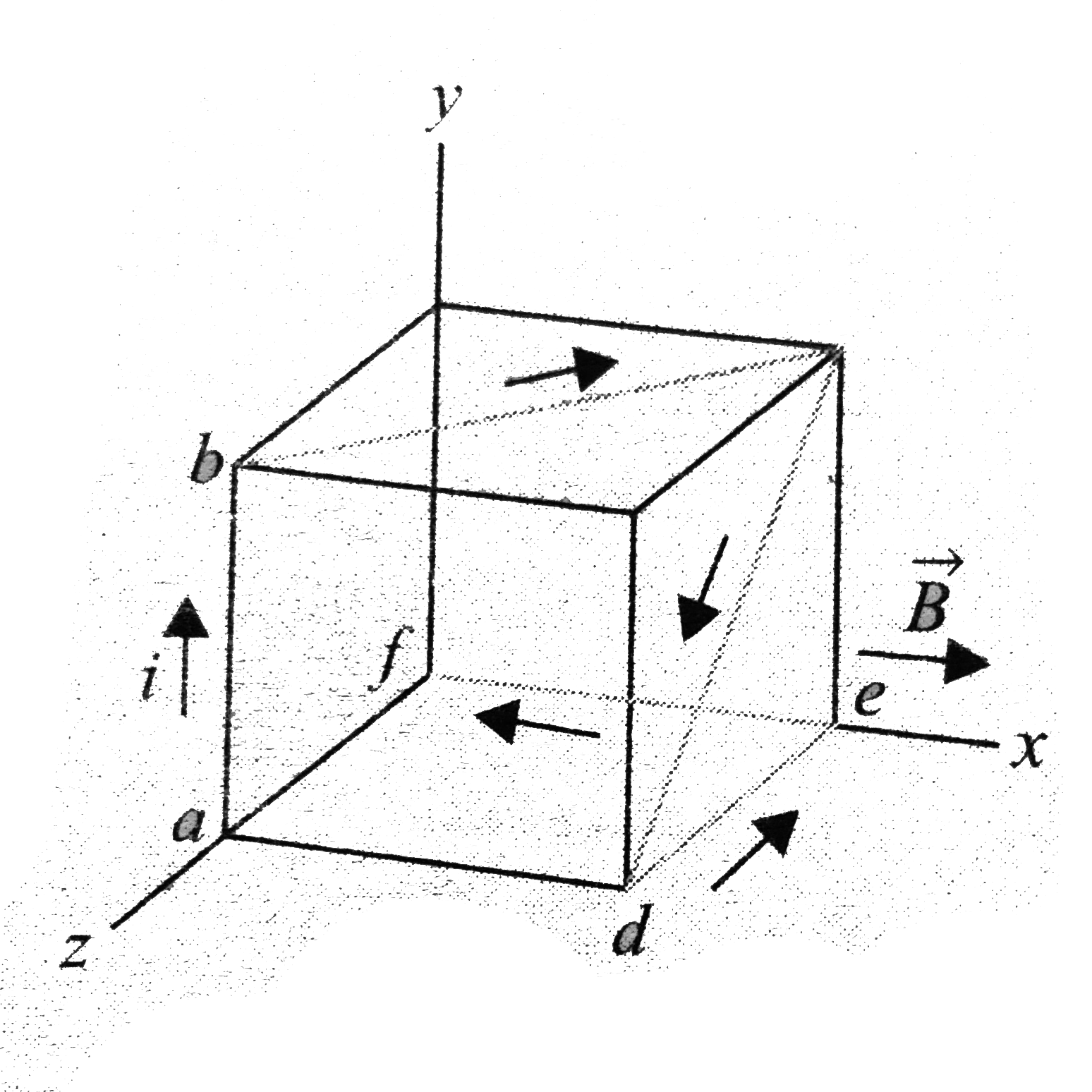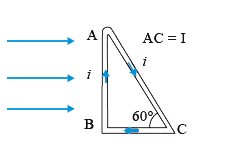Give the magnitude and direction of the net force acting on
a kite skillfully held stationary in the sky
To solve the problem of finding the magnitude and direction of the net force acting on a kite skillfully held stationary in the sky, we can follow these steps:
Step 1: Identify the Forces Acting on the Kite
When a kite is held stationary in the sky, there are three main forces acting on it:
1. Weight (mg): The force due to gravity acting downwards.
2. Tension (T): The force exerted by the string that is holding the kite, acting at an angle.
3. Wind Force (F_w): The force exerted by the wind on the kite, acting horizontally.
Step 2: Analyze the Forces
Since the kite is stationary, it is in a state of equilibrium. This means that the sum of all forces acting on the kite must be zero. Therefore, we can set up the following equations based on the forces:
- Vertically: The upward tension component must balance the downward weight.
- Horizontally: The horizontal component of the tension must balance the wind force.
Step 3: Set Up the Equations
1. Vertical Forces:
Tsin(θ)=mg
2. Horizontal Forces:
Tcos(θ)=Fw
Step 4: Determine the Net Force
Since the kite is stationary, the net force acting on it is the vector sum of all the forces. In equilibrium, the net force is zero:
Fnet=0
Step 5: Conclusion
Since the kite is skillfully held stationary, the magnitude of the net force acting on the kite is 0 N, and the direction is undefined because there is no net force acting on it.
Summary
- Magnitude of Net Force: 0 N
- Direction of Net Force: Undefined (as there is no net force)
When a kite is held stationary in the sky, there are three main forces acting on it:
1. Weight (mg): The force due to gravity acting downwards.
2. Tension (T): The force exerted by the string that is holding the kite, acting at an angle.
3. Wind Force (F_w): The force exerted by the wind on the kite, acting horizontally.
Since the kite is stationary, it is in a state of equilibrium. This means that the sum of all forces acting on the kite must be zero. Therefore, we can set up the following equations based on the forces:
- Horizontally: The horizontal component of the tension must balance the wind force.
1. Vertical Forces:
Tsin(θ)=mg
2. Horizontal Forces:
Tcos(θ)=Fw
Since the kite is stationary, the net force acting on it is the vector sum of all the forces. In equilibrium, the net force is zero:
Fnet=0
Since the kite is skillfully held stationary, the magnitude of the net force acting on the kite is 0 N, and the direction is undefined because there is no net force acting on it.
- Magnitude of Net Force: 0 N
- Direction of Net Force: Undefined (as there is no net force)
Similar Questions
Give the magnitude and direction of the net force acting on
a Cork of mass 10 g floating on waterView SolutionGive the magnitude and direction of the net force acting on
a drop of rain falling down with a constant speedView SolutionGive the magnitude and direction of the net force acting on
(a) a drop of rain falling down with a constant speed
(b) a cork of mass 10 g floating on water
(c) a kite skillfully held stationary in the sky
(d) a car moving with a constant velocity of 30kh/h on a rough road
(e) a high speed electron in space free from all gravitational objects and free of electric and magnetic fields.View SolutionGive the magnitude and direction of the net force acting on
a high - speed electron in space far from all material objects, and free of electric and magnetic field .View SolutionGive the magnitude and direction of the net force acting on
a car moving with a constant velocity of 30km/h on a rough roadView SolutionThe net force acting is not zero on
View SolutionThe cube as shown in Fig. 1.61, 75.0 cm on a side, is placed in a uniform magnetic field of 0.860 T parallel to the x-axis. The wire abcdef carries a current of 6.58 A in the direction indicated.
(a) Determine the magnitude and direction of the force acting on the segment ab.
(b) Determine the magnitude and direction of the force acting on the sement bc.
(c) Determine the magnitude and direction of the force acting on the segment cd.
(d) Determine the magnitude and direction of the force acting on the segment de.
(e) Determine the magnitude and direction of the force acting on the segment ef.
(f) What are the magnitude and direction of the total force on the wire ?
 View Solution
View SolutionThe magnitude and direction of magnetic force on the side AC in the given figure will be
 View Solution
View SolutionAssertion: In projectile motion, the acceleration is constant in both magnitude and direction but the velocity changes in both magnitude and direction.
Reason: When a force or accelration is acting in an oblique direction to the direction of velocity then both magnitude and direction of the velocity may be changed.View SolutionState the magnitude and direction of the force of gravity acting on a body of mass 5 kg. Take g=9.8ms−2
View Solution

